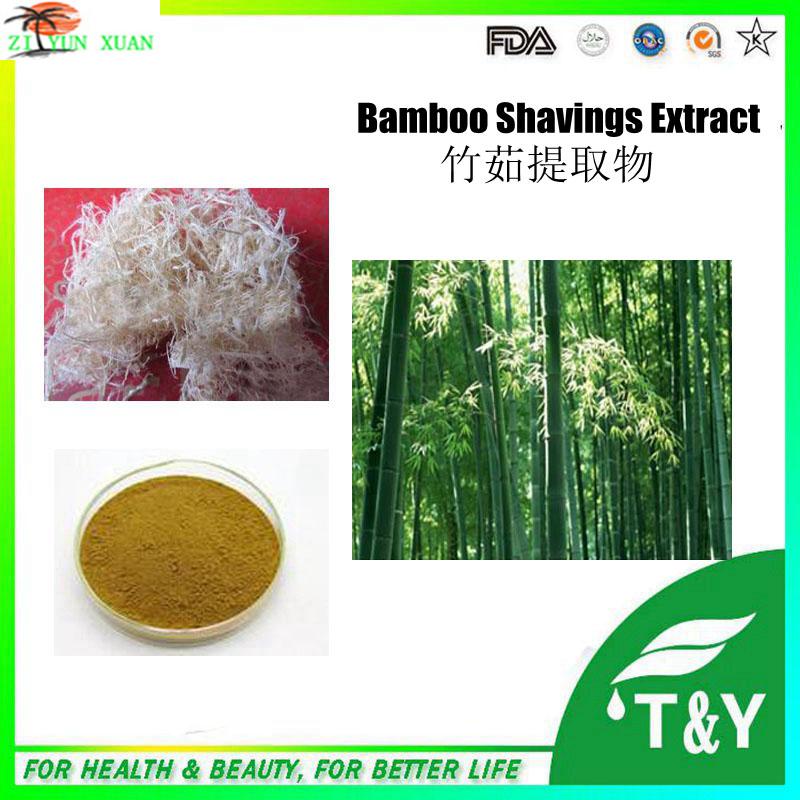
SiO 2 in situ enhanced PVA/CS biodegradable films possessed not only excellent mechanical properties, but also barrier of oxygen and water for food packages to extend the perseveration time. The permeability of oxygen and moisture of PVA/CS biodegradable films was reduced by 25.6% and 10.2%, respectively. Weight loss of PVA/CS biodegradable films was 60% after 30 days in the soil. Eating 100 mg of banana provides around 5 mg of. The tensile strength of PVA/CS biodegradable films was improved 45% when 0.6 wt.% SiO 2 was incorporated into the films. 3 /8 Banana Bananas: Yes, eat a banana every day not only to fulfil your daily dose of potassium and fibre but also loads up your intake of silica. Amorphous silicas are chemically inert and do not affect the color, taste, or aroma of food products. To improve mechanical properties of PVA/CS biodegradable films, we developed SiO 2 in situ to enhance PVA/CS biodegradable films via hydrolysis of sodium metasilicate in presence of PVA and chitosan solution. A few foods that have a higher absorbable silica content are: Green Beans: 6.19mg in 250g High-bran cereal: 10.17mg in 100g Whole grain bread: 4.50mg in 200g Raisins: 8.25mg in 100g Beer: 8.25mg in 12 oz. However, PVA/CS biodegradable films suffered from poor mechanical properties. So although some foods, such as bananas, have a high silica content, it is not easily absorbed in the body. Despite sluggish growth registered in 2020 amid COVID-19, rubber will comprise 60 of specialty silica applications in terms of volume in 2021. Silica is found in many Antioxidant rich food sources like fruit and vegies, leafy greens onions, steamed jacket potatoes, whole grains, eggs and dairy. Among of biodegradable polymers, PVA/chitosan (CS) biodegradable films have attracted considerable attention because of feasible film forming ability. The consumption of specialty silica within the rubber industry is expected to be considerably high, finds Future Market Insights (FMI) in a new study. This value is consistent with our data because we found a mean silicon uptake of 40.9 from foods, and from this value we estimated the mean daily absorption of silicon to be 12.1 and 13.5 mg/d in men and 9.9 and 10.2 mg/d in women in the original Framingham and Framingham Offspring cohorts, respectively.

The cost-effective and biodegradable polymer films with good mechanical properties and low permeability are very important for food packages. Our Silica Gel Packets are food grade and safe to use. Non-degradable plastic food packages threaten the security of environment. Silicon dioxide is found naturally in many plants, such as: leafy green vegetables beets bell peppers brown rice oats alfalfa Silicon dioxide is also added to many foods and supplements. Silica Gel Packets will greatly increase the shelf life of items made from Isomalt and cooked sugar.


 0 kommentar(er)
0 kommentar(er)
